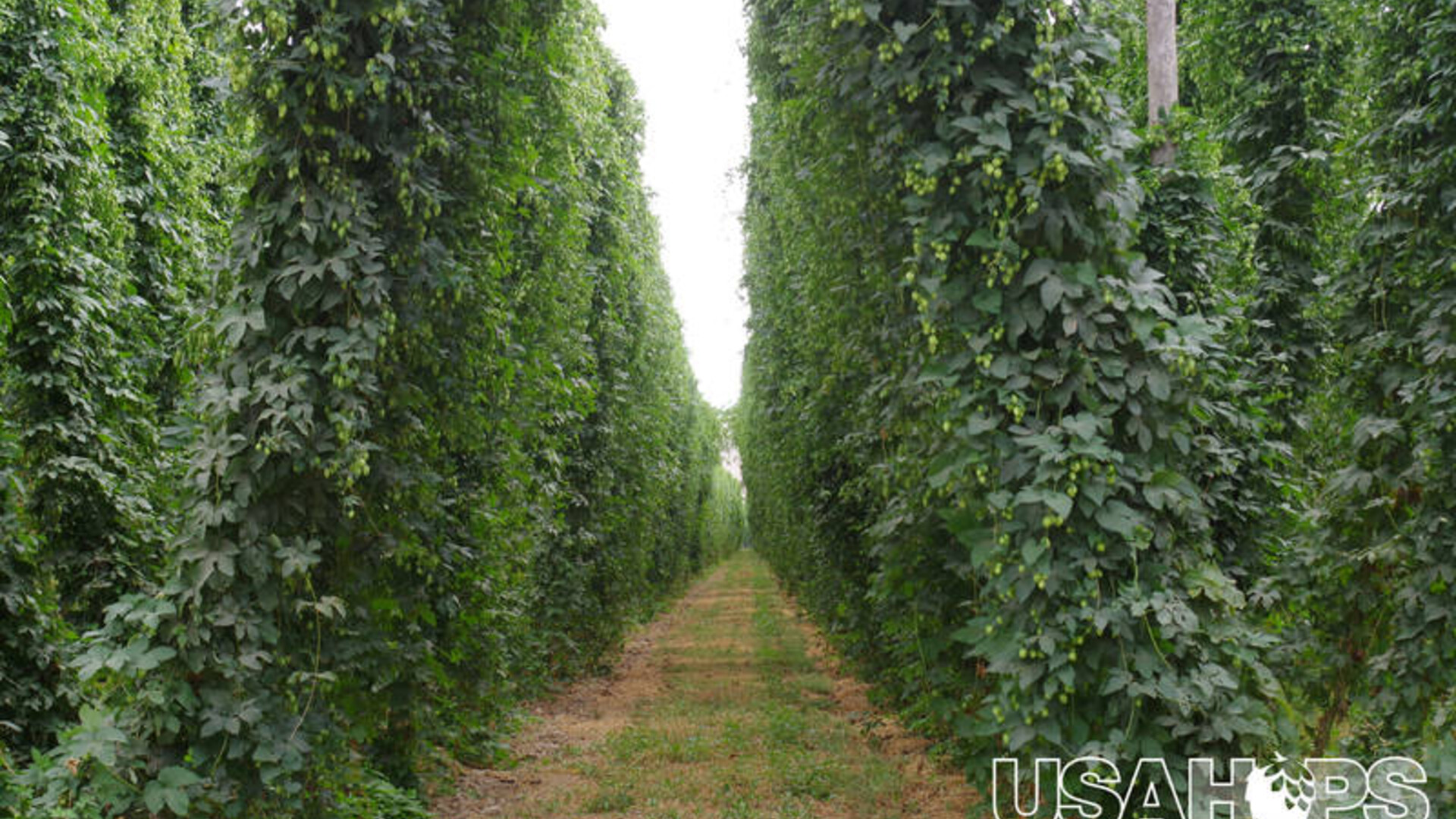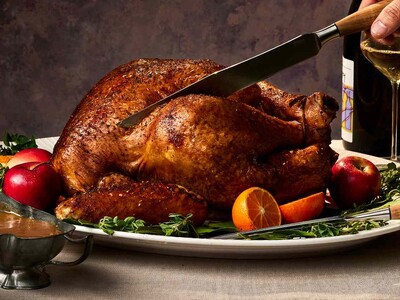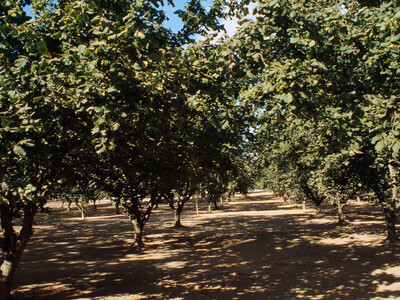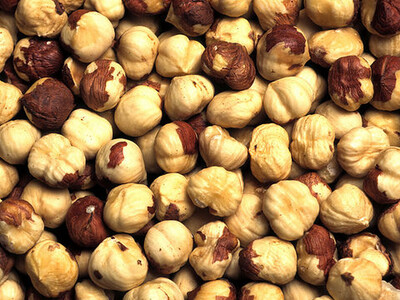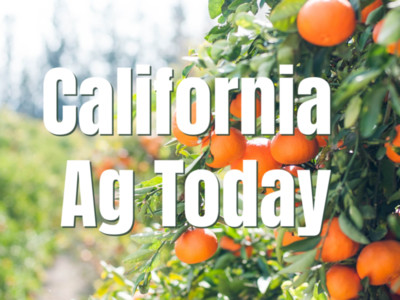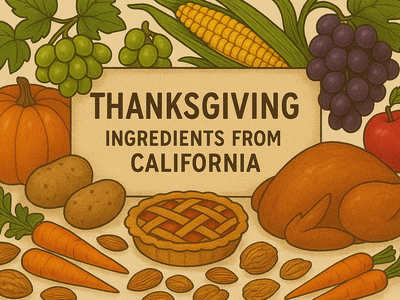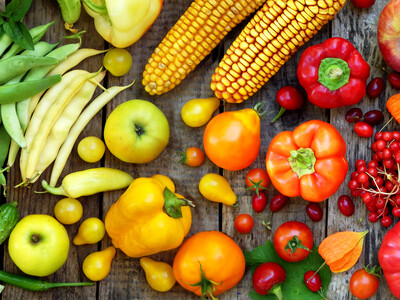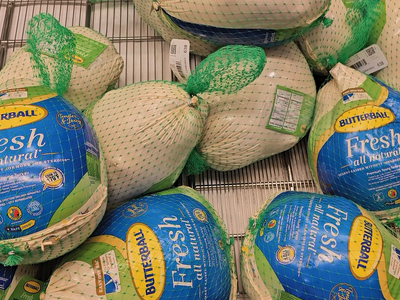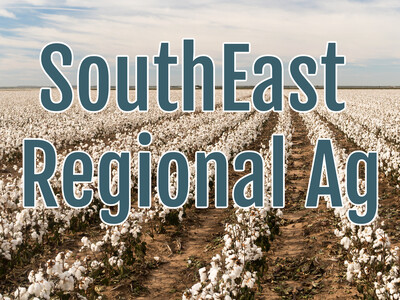Hops in 2020 Pt 3
I’m Bob Larson. As hop harvest in the Northwest winds down, growers are under contract with buyers so any impact on alcohol sales, due to the closure of restaurants and bars, shouldn’t be felt too much this year.Washington Hop Commission’s Jaki Brophy says the pandemic restrictions have been challenging, and moving forward it’s hard to predict what the impacts will be …
BROPHY … “Obviously, nobody really knows what’s going to happen yet, at this point, but a lot of different people in the industry are estimating it will be about two years before sales, kind of, get back to normal. So, the crop is what it is at this point, but we’ll have to see how this effects the alcohol sales at this point. We’re not sure.”
But, Brophy says the most commonly used hops have a long shelf-life in case they need to be stored for an extended period …
BROPHY … “Actually, the hops have a very good storage life. It does depend on the format that they’re in. So, whole cone hops, which the majority of the industry doesn’t really use any more, is not as long a shelf-life. They last about a year maximum, that you’d want to use for optimum freshness. But, pellets and the oils and all those kind of downstream products are how the majority of the beer industry operates. And, the shelf-life on those kind of products can be multiple years, so they’re going to keep for a while.”
Estimates for this year’s crop, made in June, are calling for nearly 60,000 acres of U.S. hops, with more than 70% of them grown in the Yakima valley. When you add hops grown in Oregon and Idaho, the Pacific Northwest grows about 95% of all U.S. hops.


